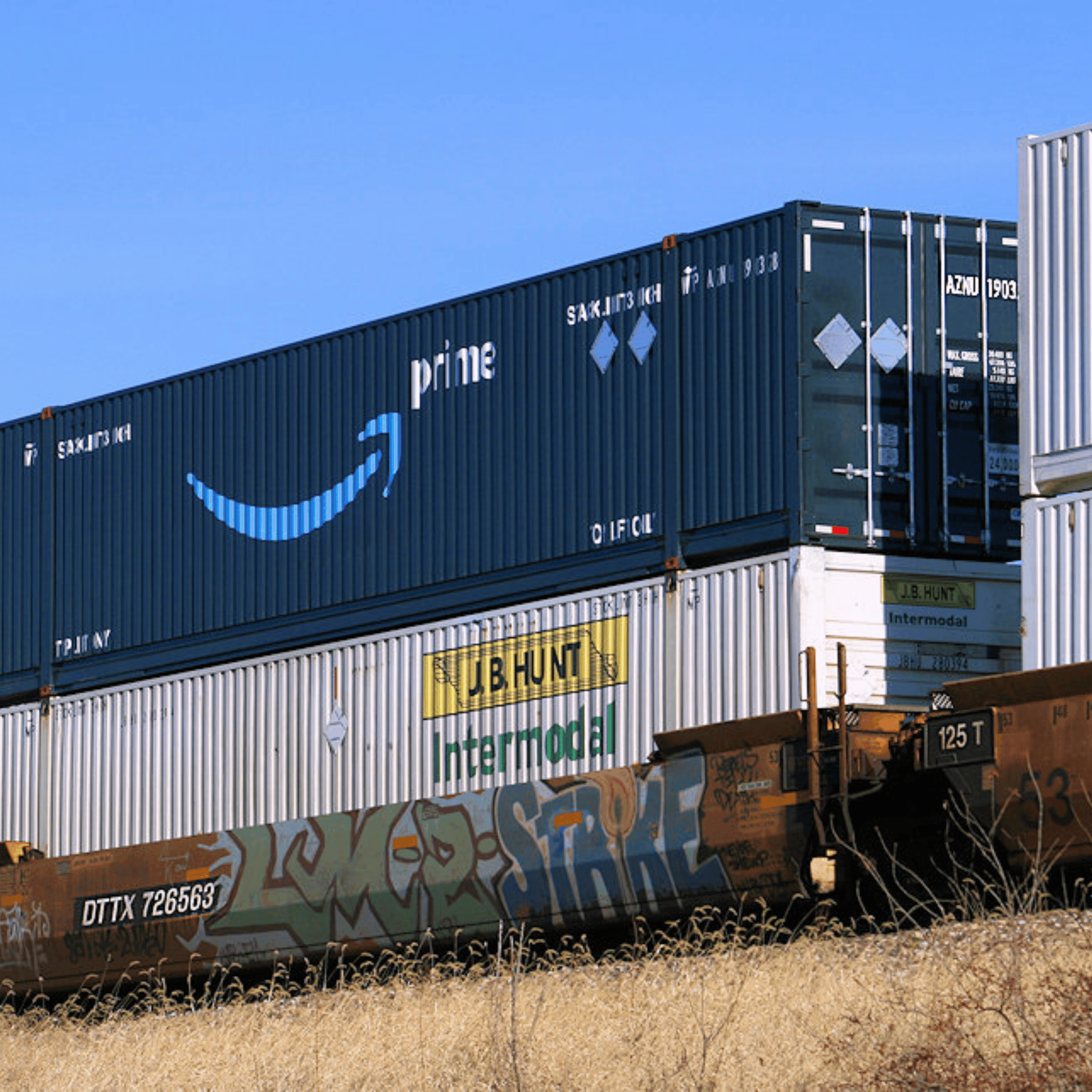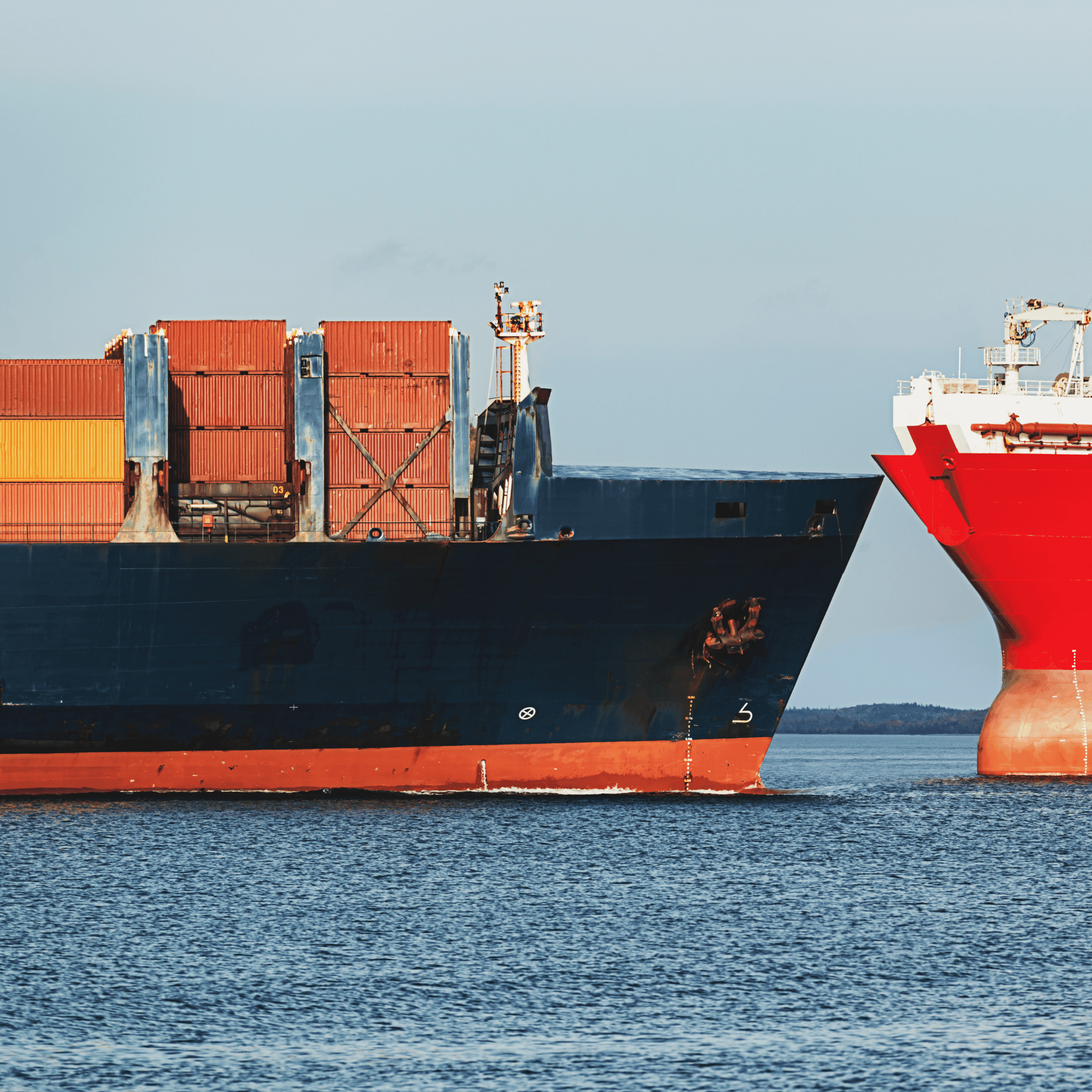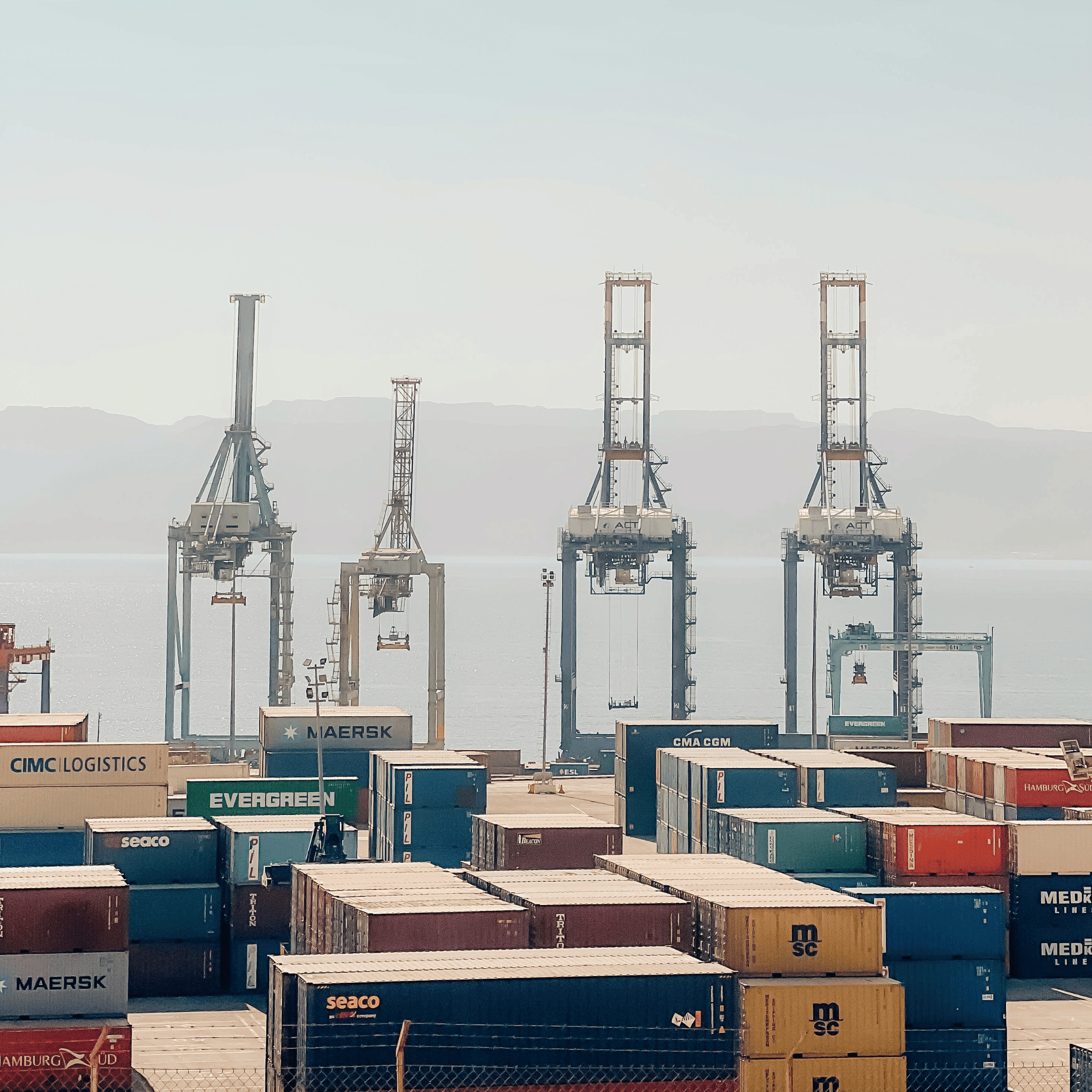Executive Summary
As climate change and environmental sustainability become growing areas of concern, the role of Third-Party Logistics (3PL) providers in reducing the environmental impact of supply chain processes cannot be underestimated. The large-scale operations and global reach of 3PLs make them significant contributors to environmental impact, particularly in terms of carbon emissions, energy use, and waste production.
Consequently, it is crucial for 3PLs to adopt sustainable practices, which can lead to a reduction in environmental harm, improve brand reputation, provide a competitive edge, and help meet stringent environmental regulations. This comprehensive report explores how 3PL companies can operate in an eco-friendlier way, outlining both current sustainability practices and potential future developments.
Introduction
Third-Party Logistics providers (3PLs) are central to the smooth functioning of global supply chains, offering services such as transportation, warehousing, and inventory management. Due to the nature of these services, 3PLs can have a substantial environmental footprint.
However, integrating sustainability into 3PL operations has a dual advantage: it not only helps conserve resources and protect the environment but also provides business benefits such as cost savings, improved stakeholder relationships, and a stronger brand image.
In the face of increasing consumer awareness and stricter environmental regulations, it is in the best interest of 3PLs to proactively adopt and promote sustainable practices. This report delves deeper into the ways 3PLs can reduce their environmental impact through various strategies and initiatives.
Sustainable Practices in 3PL
Sustainability is an ongoing effort in third-party logistics. There is also a delicate balance between needs, resources, and technology. Companies that want to optimize for costs have to take strategic measures to ensure they’re investing in the most valuable sustainable tools for their current operational budgets.
Eco-friendly Transportation
Transportation is a key aspect of 3PL operations and contributes significantly to carbon emissions. According to the Congressional Budget Office, motor vehicles are responsible for approximately 83% of CO2 emissions in 2019. CO2 is one of the most common greenhouse gasses, but due to the excessive emissions, it heavily contributes to the global phenomenon known as climate change. Climate change has had a profound impact on the world, but many 3PLs are working to reduce and even undo some of the effects.
To minimize the environmental impact, 3PLs can adopt the following strategies –
Green Vehicles: Transitioning the transportation fleet to electric or hybrid vehicles can result in substantial reductions in carbon emissions. This shift is becoming increasingly viable due to advancements in electric vehicle technology and infrastructure. Alternatively, 3PLs can invest in new, fuel-efficient vehicles or explore the use of alternative fuels such as biofuel, natural gas, or hydrogen, which have a lower carbon footprint than traditional fossil fuels.
Fossil fuels, such as gas and petroleum oil, have been used to power vehicles for over a century. However, they are also known to pollute the air we breathe and both play a huge role in climate change. This is why many individuals, companies and other organizations have transitioned to electric or hybrid vehicles. These vehicles do not require fossil fuels to function. Instead, they rely on electricity, which makes it easier to manage while simultaneously protecting the environment.
Optimized Route Planning: Technological tools and software can be used to optimize route planning. This reduces the total distance travelled by vehicles, decreasing fuel consumption and reducing emissions. Advanced algorithms can account for factors such as traffic, weather conditions, and roadworks to calculate the most efficient routes. In addition, coordinating deliveries and pickups can minimize empty backhauls, further improving fuel efficiency.
Efficient route planning impacts more than simply getting to a destination faster. Vehicles that idle in traffic or have a long route burn a lot of unnecessary fuel. By providing drivers with a quicker and more efficient route, they can complete their tasks on time while reducing greenhouse gas emissions.
Load Optimization: Load optimization ensures that cargo space is used efficiently, minimizing the number of trips needed to transport goods. This can be achieved using advanced planning systems that consider the size, weight, and destination of shipments. Load optimization can have multiple benefits, such as reducing overall fuel consumption, lowering gas emissions and decreasing congestion.
There are many ways to optimize loads. Load balancing, for example, is a unique strategy that utilizes factors, such as networking, engineering and logistics, to evenly distribute workloads across resources. As a result, this can optimize performance, increase efficiency and ensure reliability.
Sustainable Warehousing
Warehousing, a central aspect of logistics, presents multiple opportunities for sustainability –
Energy Efficiency: Warehouses can drastically cut down their energy consumption through various measures. According to the Department of Energy, the use of LED lighting, for instance, can reduce energy use by up to 75%. Solar panels can be installed to generate renewable energy, while energy-efficient HVAC systems can reduce energy needed for heating and cooling.
Green Building Design: Warehouses can be designed or retrofitted with green building principles in mind. This includes features like skylights to maximize natural light, insulation to reduce the need for heating or cooling, and water-efficient landscaping.
An example of green building design is installing solar panels.Solar panels are devices that generate electricity by absorbing photons from the sun’s rays. The panels are composed of silicon, which functions as a semiconductor. In addition, the panels are equipped with multiple photovoltaic cells and are responsible for converting the sunlight into electricity.
Though the initial upfront cost may seem high, solar panels in warehouses have an average ROI of 15%. This means the upfront investment can be paid off within 6-7 years, and you can continue to enjoy reduced costs for years to come.
Waste Management: Effective waste management strategies can significantly reduce the amount of waste sent to landfills. This involves waste segregation, recycling, composting, and in some cases, partnering with waste-to-energy facilities. It is also beneficial to collaborate with manufacturers and suppliers that use eco-friendly packaging, as this can reduce packaging waste.
A 3PL warehouse that uses environmentally friendly waste practices can help customers improve their bottom line and strengthen their planetary impact. This also helps the warehouse reduce expenses and waste, creating a positive cycle that promotes a greener earth.
Technology and Automation
The use of advanced technologies can greatly enhance the efficiency of 3PL operations and reduce their environmental impact –
AI and Machine Learning: Artificial intelligence (AI) and machine learning can be employed to predict demand more accurately, thereby reducing overproduction and overstocking, both of which can result in waste. These technologies can also optimize routes and energy management in warehouses, further reducing the environmental impact.
Internet of Things (IoT): IoT devices can be used to monitor and control energy use in real time, preventing wastage. For example, sensors can turn off lights in parts of a warehouse when they are not in use. IoT devices can also be used to track the environmental conditions of shipments, reducing spoilage and waste.
Blockchain Technology: Blockchain technology can enhance transparency and traceability in supply chains, allowing 3PLs, their clients, and consumers to track the environmental impact of goods throughout their lifecycle.
Collaboration and Partnerships
For 3PLs to achieve significant progress in sustainability, collaboration is vital –
Collaboration with Suppliers: 3PLs can work with suppliers to ensure they are also implementing sustainable practices. This could involve preferential partnerships with suppliers who prioritize sustainability, resulting in a greener supply chain from start to finish.
Collaboration with Customers: Engaging customers in sustainability efforts can make a considerable difference. This could involve educating customers about the environmental impact of their purchasing decisions, offering carbon offset programs, or implementing a return system for reusable packaging.
Recommendations
Set Clear Sustainability Goals
3PLs should establish clear, measurable goals for reducing their environmental impact. These goals should be communicated throughout the organization and integrated into all business processes. The SMART goal methodology can help 3PLs define sustainability goals — they should be specific, measurable, achievable, relevant, and time-bound. For example, rather than say you want to “waste less paper,” you could set a SMART goal to reduce paper waste by 15% over the next six months.
Invest in Sustainable Technology
The use of advanced technology is crucial for driving sustainability in logistics. 3PLs should invest in AI, machine learning, IoT, and other technologies to reduce their environmental impact.
Technology continually presents new ways for 3PLs to become more sustainable, not only in their larger operations but individual workflows. Enhanced productivity combined with sustainable technology ultimately creates a more eco-friendly work environment. It is important to stay current with trends and take opportunities to use technology to further align your business with its sustainability initiatives.
Promote Collaboration
Collaboration is key to improving sustainability across the supply chain. 3PLs should work closely with suppliers, customers, and other stakeholders to drive sustainable practices.
In order to maintain the highest level of sustainability, 3PLs need to work with other businesses that share their values. Combined, all of their eco-friendly efforts can create a major impact on the environment while minimizing costs and waste throughout the supply chain.
Continuous Monitoring and Improvement
Sustainability is not a one-time effort but a continuous process. 3PLs should constantly monitor their environmental impact, get regular audits, and seek ways to improve.
Quarterly meetings can be an effective way to assess progress, revisit goals, and make any necessary changes. Larger, annual sustainability reviews can give you a complete picture of your warehouse’s performance and help you set new objectives for the next year.
Conclusion
In an era of increasing environmental awareness, 3PLs can play a vital role in reducing the environmental impact of the global supply chain.
By adopting sustainable practices in transportation, warehousing, and operations, 3PLs can make a significant contribution to the environment while simultaneously benefiting from improved efficiency, cost savings, and enhanced brand reputation. This proactive approach to sustainability is not only a corporate responsibility but also a smart business strategy in an increasingly eco-conscious world.






